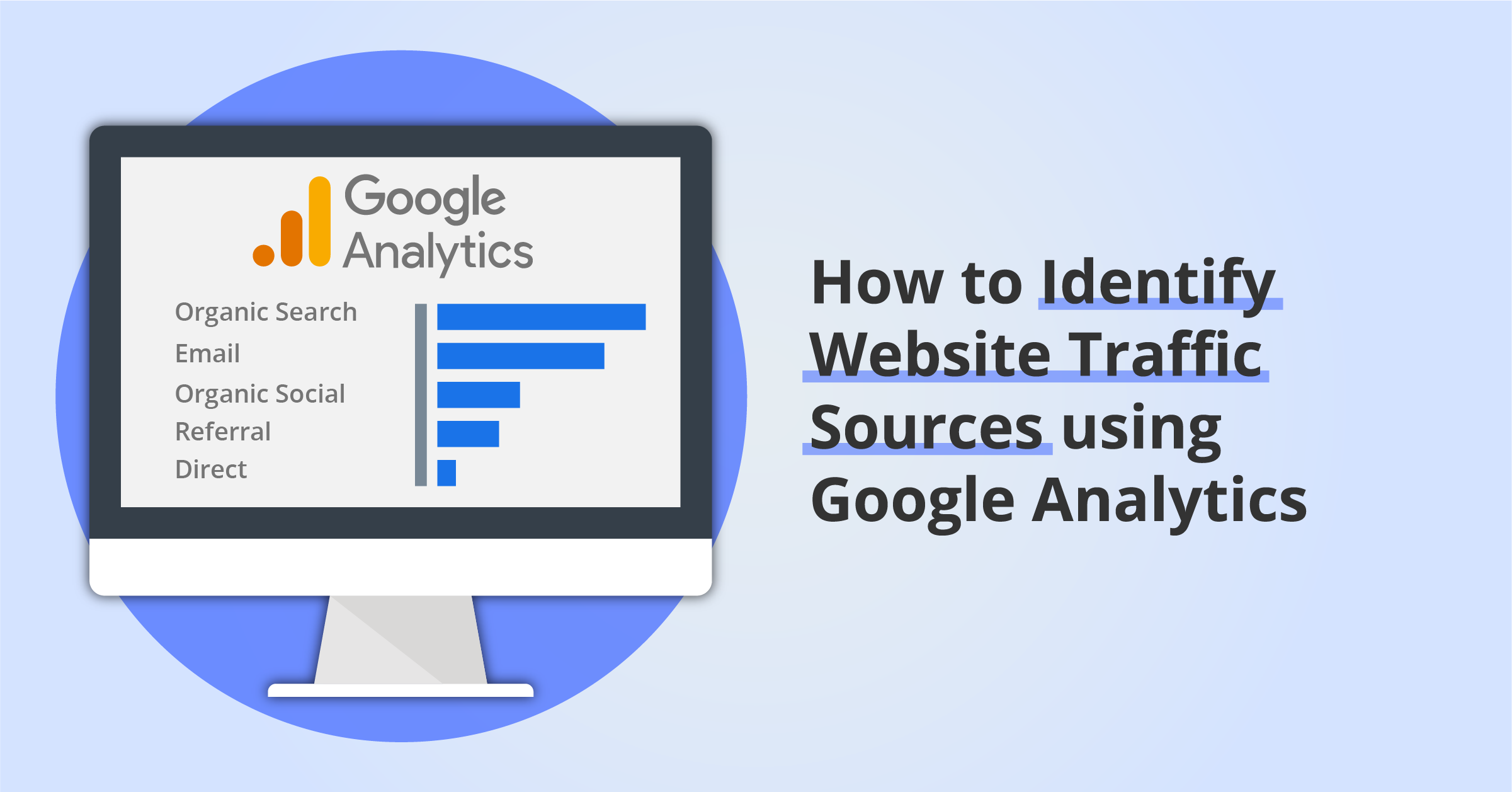Understanding Secondary Dimensions in Google Analytics: Meaning and Critical Combination
Understanding Secondary Dimensions in Google Analytics: Meaning and Critical Combination
Blog Article
Introducing the Impact of Additional Dimension in Google Analytics on Information Analysis and Insights
In the world of data analytics, the usage of additional measurements within Google Analytics has actually arised as a critical tool for drawing out much deeper understandings and unraveling facility patterns that might otherwise stay covered. By peeling off back the layers of primary data sets, secondary dimensions supply a nuanced perspective that enriches the understanding of user behavior, site efficiency, and the performance of advertising and marketing approaches.
Discovering the Concept of Secondary Dimensions
Secondary dimensions in Google Analytics provide extra insights by allowing users to examine main data in conjunction with a secondary quality. This attribute makes it possible for a much more thorough understanding of the primary data by adding an additional layer of details for evaluation. By incorporating second measurements, individuals can delve deeper into the information and reveal valuable correlations that may otherwise go unnoticed. By matching the primary data of internet site traffic with second dimensions like demographics or behavior, marketers can get a much more comprehensive view of their target market and customize their methods accordingly.
By checking out the different additional measurements readily available in Google Analytics, individuals can unlock brand-new understandings and enhance their digital advertising and marketing efforts. In significance, additional measurements offer as a powerful device for improving data evaluation and driving actionable results.
Enhancing Information Analysis With Second Measurements
Having developed the foundational understanding of secondary measurements in Google Analytics and their pivotal role in information evaluation, the focus now moves towards leveraging these secondary qualities to boost the interpretation of analytics information (what is a secondary dimension in google analytics). By including second measurements right into information analysis, experts can obtain much deeper insights into customer actions, web site performance, and advertising and marketing efficiency

In addition, second measurements aid in contextualizing main information metrics by supplying additional layers of details. This contextualization help in understanding the 'why' behind the data fads, assisting experts make informed optimizations and choices to enhance total performance. Eventually, integrating additional measurements improves the data interpretation procedure, causing even more strategic actions and significant insights.
Discovering Hidden Insights Via Additional Measurements
Checking out the depths of analytics information with second measurements discloses important insights that would otherwise remain covered. By incorporating additional measurements in Google Analytics, organizations can discover covert patterns, trends, and connections that supply an even more extensive understanding of user habits and internet site performance. These added layers of data permit analysts to dive deeper into the primary dimensions, such as web traffic resources or touchdown pages, and acquire an extra nuanced point of view on how different variables communicate with each various other.
Through the usage of second measurements, experts can section and compare information across various dimensions, enabling them to recognize details aspects that affect customer interaction, conversion rates, and total success metrics. By coupling the primary dimension of 'tool classification' with the secondary measurement of 'age group,' marketing experts can determine which age demographics like accessing the website via mobile gadgets versus desktop computers.
Leveraging Second Dimensions for Actionable Analytics
Building upon the understandings revealed via second dimensions in Google Analytics, organizations can now harness this enriched information landscape to drive actionable analytics and tactical decision-making. By leveraging second measurements, companies can delve deeper into their data to draw out valuable patterns, fads, and relationships that may have formerly gone unnoticed. This deeper degree of analysis makes it possible for services to gain a much more detailed understanding of individual behavior, campaign efficiency, and total website efficiency.
One trick wikipedia reference advantage of using second dimensions for workable analytics is the capacity to segment information based on specific standards. This browse this site division permits services to tailor their campaigns and techniques to different target market groups, resulting in a lot more targeted and reliable advertising initiatives - what is a secondary dimension in google analytics. Additionally, additional dimensions give an even more holistic view of individual communications, making it possible for businesses to maximize their site material, style, and total customer experience
Maximizing Decision-Making With Additional Measurements
To improve calculated decision-making in analytics, leveraging secondary measurements in Google Analytics can provide a more nuanced perspective on user behavior and project performance. By incorporating second measurements right into data analysis, services can dig much deeper into the specifics of their site site visitors' interactions and engagement patterns. This additional layer of details enables an extra thorough understanding of just how different variables, such as demographics, devices, or website traffic sources, effect key efficiency indications.

Verdict
To conclude, the use of second dimensions in Google Analytics plays a vital role in boosting data evaluation and discovering surprise insights. By exploring this idea, read here one can obtain a deeper understanding of individual behavior and make notified decisions based on actionable analytics. Leveraging second dimensions enables a more detailed interpretation of information and makes best use of the effectiveness of decision-making procedures.

Report this page